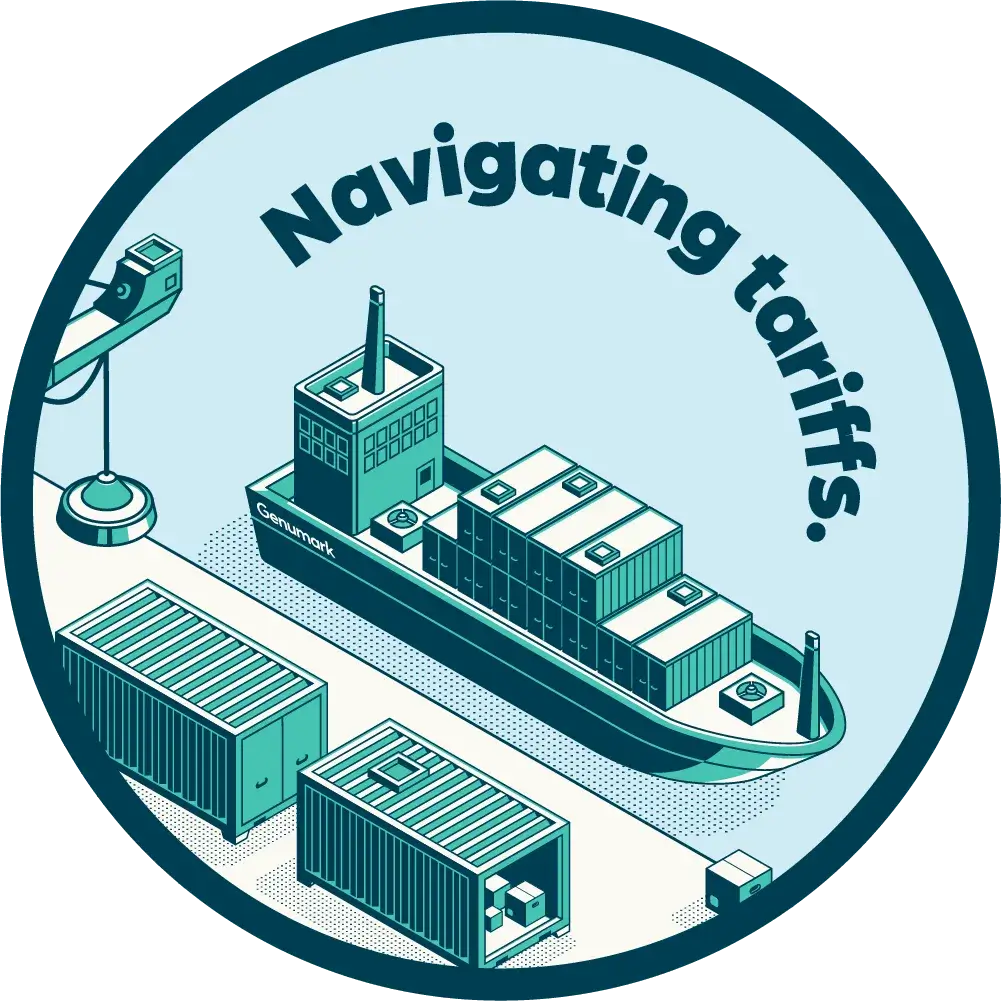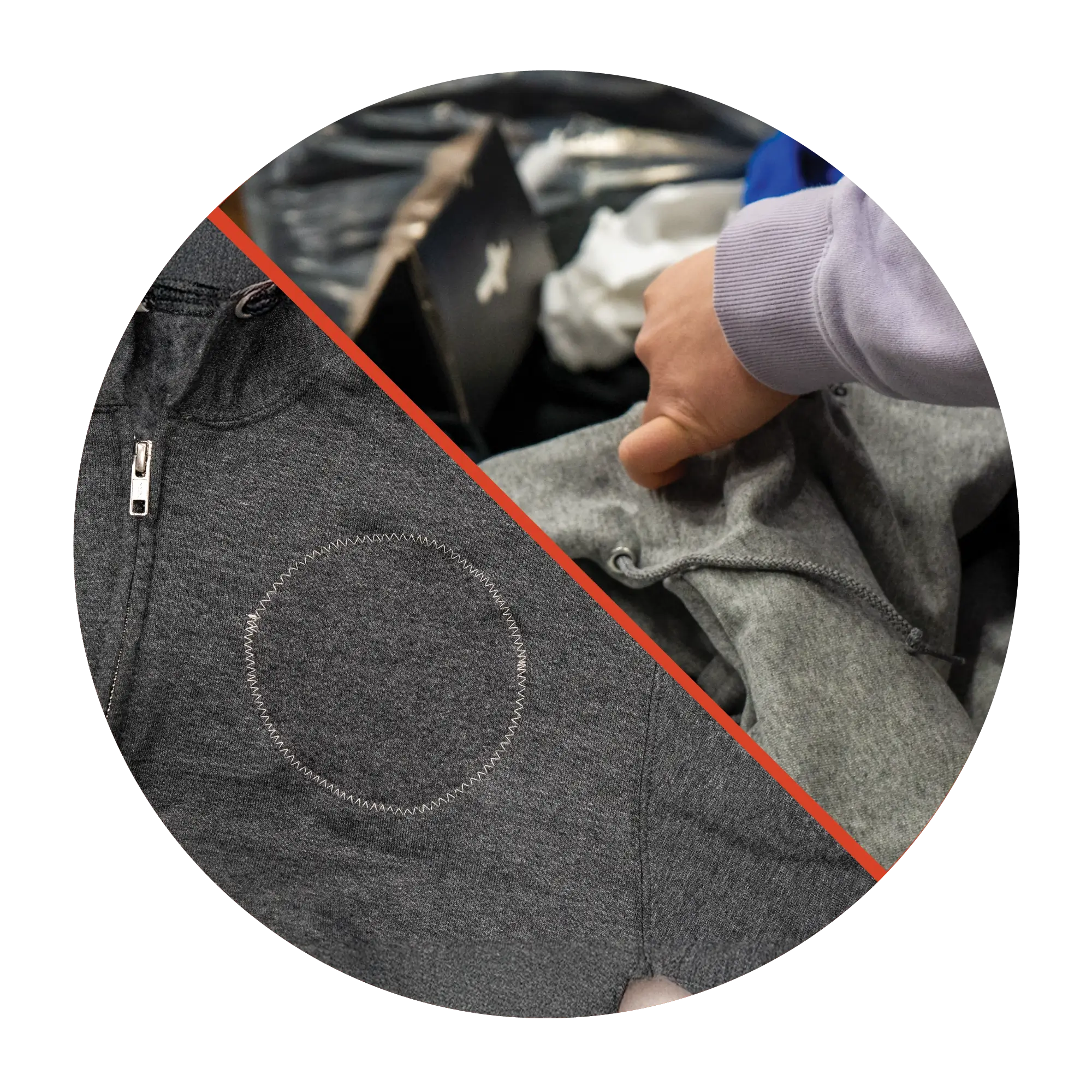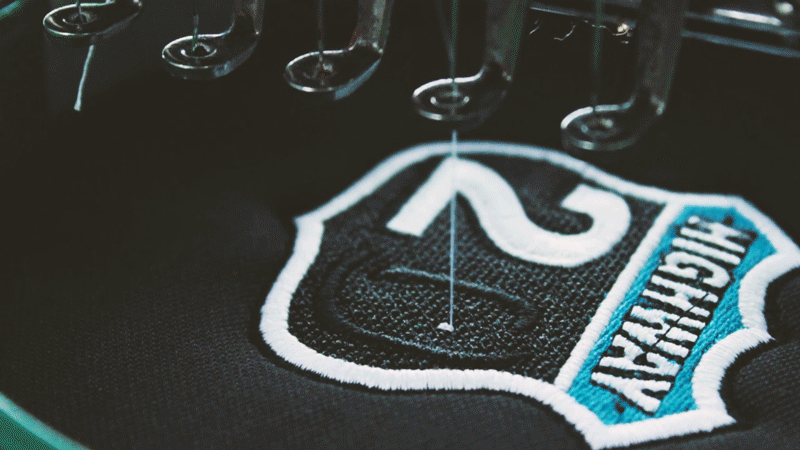 Welcome back class! Today at Swag U, we are going to jump into the first lesson in our Decoration 101 class; Embroidery. You may be wondering who could be asking what embroidery is but, take it from us, this is not your grandmother’s style of sewing!
Welcome back class! Today at Swag U, we are going to jump into the first lesson in our Decoration 101 class; Embroidery. You may be wondering who could be asking what embroidery is but, take it from us, this is not your grandmother’s style of sewing!
Please open your textbooks. Let’s learn more about what is embroidery as an embellishment method for promotional products and uniforms and how you can properly use it for all your custom clothing needs.
Intro to Commercial Embroidery for Custom Clothing
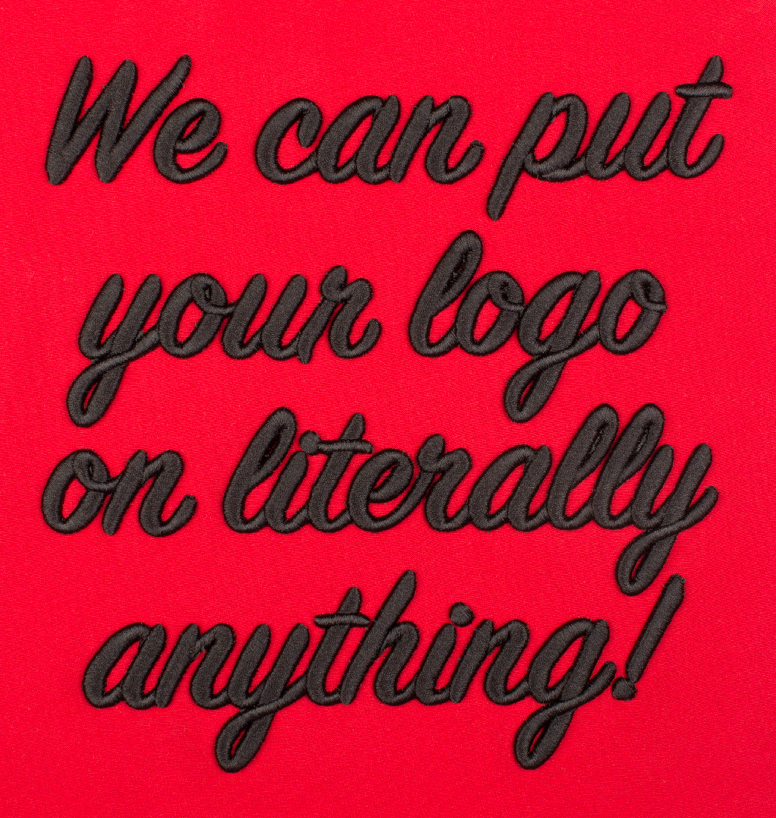 The basic idea of embroidering on garments is to use coloured thread or yarn to stitch patterns and words into fabric. As your grandparents might attest to, it is an artform in its own right as it is possible to create some stunning patterns and visuals that can be worn proudly. Hand stitching and using small sewing machines is still an age-old, yet, popular hobby to this day.
The basic idea of embroidering on garments is to use coloured thread or yarn to stitch patterns and words into fabric. As your grandparents might attest to, it is an artform in its own right as it is possible to create some stunning patterns and visuals that can be worn proudly. Hand stitching and using small sewing machines is still an age-old, yet, popular hobby to this day.
However, when it comes to customizing your uniform program, promotional shirts, and custom hats, those small sewing machines and magical hand stitching will not be able to meet the volume, timelines, and consistency that you require for your event.
That’s where commercial machine embroidery comes in. Each commercial machine is about three times the size of a standard home sewing machine and can hold significantly more thread spools, all while allowing the computer to use an embroidery tape to make each embroidered item accurate and identical.
What is an Embroidery Tape?
Great question! Back in the early days of machine embroidery, when computers were not affordable to most embellishers, the majority of embroidery machines needed a paper tape that had the desired designs punched into it and was then run through the machine. To ensure the embroidery met standards, pre-production samples had to always be created. These early tapes were very basic and massive “blueprints” had to be created to produce them as accurate as possible. Any sort of small error, like a slight rip in a hole or forcing the tape in the machine improperly, could ruin the entire design process.

By TedColes – Own work, Public Domain, Link
The Evolution of Digitizing Tapes
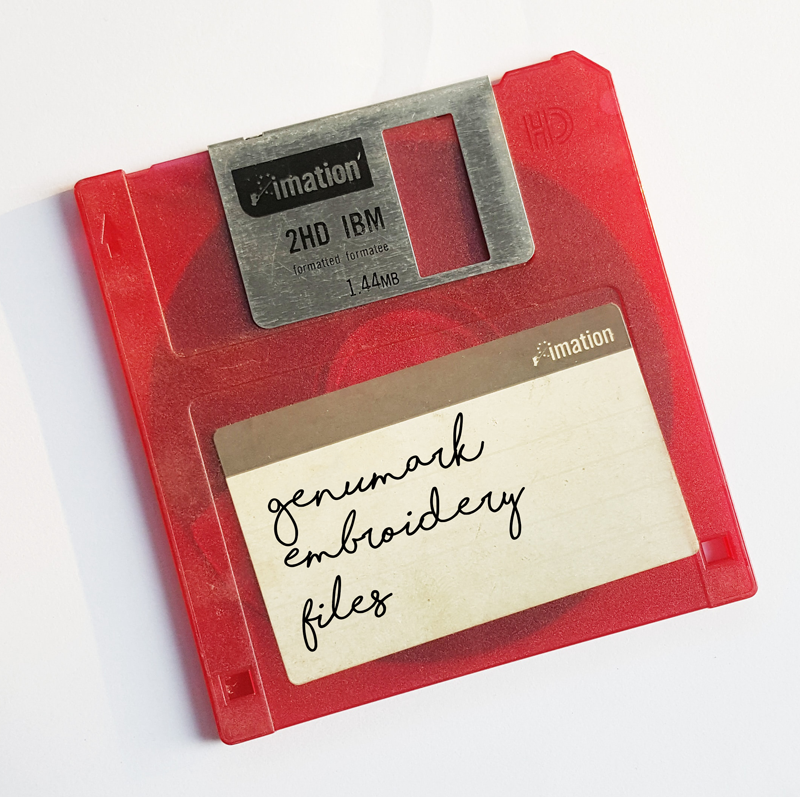 As a process called digitizing was developed, computers were used to create digitized designs that, once approved, could transfer the designs to a paper tape with more accuracy, and eventually was able to transfer directly to a floppy disk that would run through the embroidery machine. It was the embroidery evolution that led to the revolution!
As a process called digitizing was developed, computers were used to create digitized designs that, once approved, could transfer the designs to a paper tape with more accuracy, and eventually was able to transfer directly to a floppy disk that would run through the embroidery machine. It was the embroidery evolution that led to the revolution!
Embroidery Tapes Today
The life of the embroidery tape continued its evolution from paper, to floppy, to nowadays, digital. With a lot more developers of commercial grade embroidery machines, there are often many proprietary types of file formats that can hold a digitized version of your design file. The most often used is a .dst file. These files are still often called embroidery tapes, so if your Account Manager (if you don’t have one yet, email us and we will have a Teaching Assistant. set you up with someone) mentions either of these forms of industry jargon, you will know exactly what they are talking about!

Summary of Today’s Lesson: What is Embroidery?
That’s it for today’s introduction lesson on embroidery! Here are out main takeaways:
- While they perform the same function, commercial embroidery machines are more precise and faster than home sewing machines.
- Digitized design files, often called by their historical name, embroidery tapes, are the special file needed for a commercial embroidery machine to create a design.
- A .dst file is one of the most universal types of embroidery files.
In a future lesson, we will revisit this topic and talk about how a commercial embroidery machine works as well as the different types and styles of embroidery that you can decorate your custom uniforms and personalized swag with.
No homework today – class dismissed!
